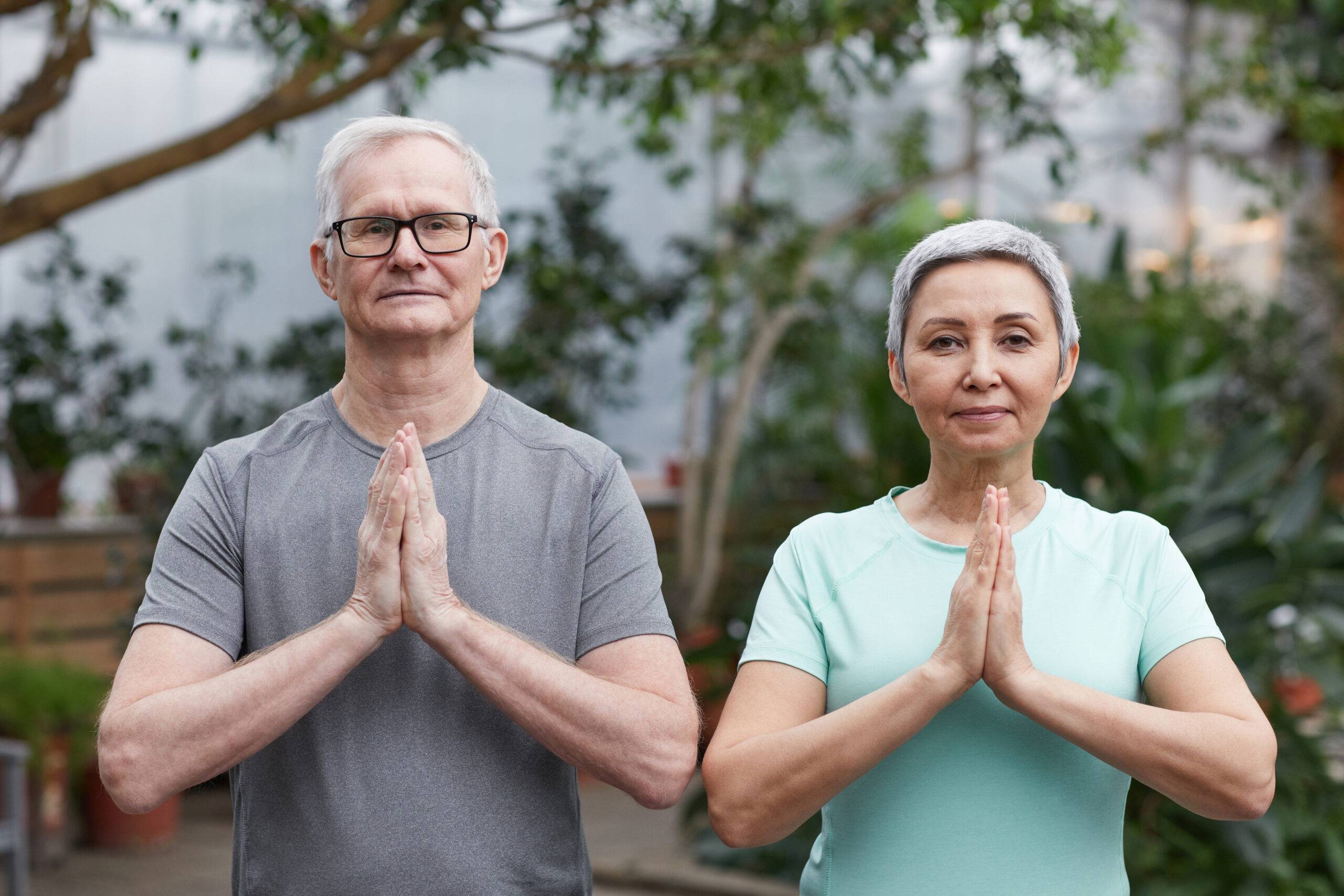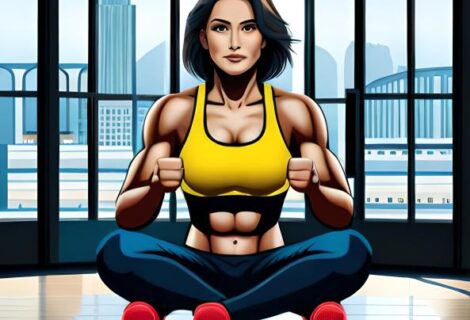Fit After 50: Tips for Getting and Staying in Shape
Introduction
Are you over 50 and looking to get in shape? It’s never too late to start taking care of your health and improving your fitness. In fact, staying active and healthy can have significant benefits, including reducing your risk of chronic illnesses, improving your mental health, and enhancing your overall quality of life. Here are some tips for getting and staying fit after 50.
Exercise Tips for Getting Fit After 50
Regular exercise is essential for staying healthy and fit at any age. Here are some exercises that are particularly beneficial for ‘seasoned’ adults:
Cardiovascular Exercise
Cardiovascular exercise, also known as cardio, is a great way to improve your heart health, burn calories, and increase your endurance. Some great cardiovascular exercises for ‘experienced’ adults include:
- Walking
- Cycling
- Swimming
- Dancing
- Aerobics classes
-Tips for Getting Started with Cardiovascular Exercise
If you’re new to cardiovascular exercise, start slowly and gradually increase the intensity and duration of your workouts. Aim for at least 30 minutes of moderate-intensity cardio exercise most days of the week. Always warm up before your workout and cool down afterward to prevent injury.
Strength Training
Strength training is essential for building and maintaining muscle mass, which can help you maintain a healthy weight, improve your balance and coordination, and prevent age-related muscle loss. Here are some great strength training exercises for adults:
- Squats
- Lunges
- Push-ups
- Chest presses
- Bicep curls
- Tricep extensions
- Shoulder presses
- Deadlifts
-Tips for Getting Started with Strength Training
Start with light weights or resistance bands and gradually increase the weight as you become stronger. Aim for at least two strength training sessions per week, targeting all major muscle groups. Always use proper form and technique to prevent injury.
The Benefits of Strength Training for Women
Nutrition Tips for Getting Fit After 50
A healthy diet is essential for maintaining a healthy weight, reducing your risk of chronic illnesses, and supporting your overall health and well-being. Here are some nutrition tips for getting and staying fit after 50:
Eat a Balanced Diet
Aim to eat a balanced diet that includes plenty of fruits, vegetables, whole grains, lean protein, and healthy fats. Avoid processed foods, sugary drinks, and excessive alcohol consumption.
Stay Hydrated
Drink plenty of water throughout the day to stay hydrated and support your body’s natural functions.
Consider Supplements
As you age, your body may need additional nutrients to support your health. Talk to your doctor or a registered dietitian about whether you should consider taking supplements, such as calcium or vitamin D.
Lifestyle Changes for Getting Fit After 50
In addition to exercise and nutrition, making lifestyle changes can also help you get and stay fit after 50. Here are some tips to consider:
Get Enough Sleep
Getting enough sleep is essential for maintaining good health, supporting your immune system, and reducing your risk of chronic illnesses.
Reduce Stress
Stress can have a significant impact on your health and well-being. Consider incorporating stress-reducing practices into your daily routine, such as meditation, yoga, or deep breathing exercises.
Stay Social
Staying social and maintaining a strong support system can help you stay motivated and engaged in your fitness journey. Consider joining a fitness class or group to meet like-minded individuals and stay accountable.
Conclusion
In conclusion, getting and staying fit after the age of 50 is possible with the right combination of exercise, nutrition, and lifestyle changes. By incorporating cardiovascular and strength training exercises into your routine, eating a balanced diet, and making lifestyle changes such as getting enough sleep and reducing stress, you can improve your overall health and quality of life.
Remember, it’s important to talk to your doctor before starting any new exercise or nutrition program, particularly if you have any pre-existing health conditions.
Call to Action
We hope these tips have been helpful in your journey to getting and staying fit after 50. We would love to hear from you in the comments section below. Share your favorite exercises, nutrition tips, photos, and lifestyle changes that have helped you maintain your health and fitness. Don’t forget to share this post with your friends and family who may also benefit from these tips.
Helpful Resources
If you’re looking for additional support and resources for getting and staying fit after 50, here are some online support groups to check out:
- Fit After Fifty Community: A Facebook group dedicated to helping individuals over 50 improve their health and fitness through exercise and nutrition.
- SilverSneakers Community: A community of adults who are committed to living a healthy and active lifestyle.
- AARP Fitness & Wellness Group: A group that offers resources and support for adults looking to improve their health and fitness.
FAQ
Q: What is the secret to staying fit after 50?
A: The secret to staying fit after 50 is a combination of regular exercise, healthy eating, and lifestyle changes. Consistency is key, so finding an exercise routine and healthy eating plan that works for you and that you can stick to long-term is important.
Q: Can you transform your body after 50?
A: Absolutely! While it may take longer to see results compared to when you were younger, it is still possible to transform your body after 50 with the right exercise and nutrition plan. Keep in mind that it’s important to focus on overall health and well-being rather than just appearance.
Q: What exercise habits slow down aging after 50?
A: Exercise habits that can slow down aging after 50 include strength training to maintain muscle mass and bone density, cardiovascular exercise to improve heart health and circulation, and flexibility exercises to maintain joint mobility and prevent injury. It’s important to find an exercise routine that you enjoy and that you can stick to long-term.
Q: What is the best workout for over 50?
A: The best workout for over 50 will depend on your personal fitness goals and any physical limitations or health conditions you may have. However, a well-rounded workout routine should include a combination of strength training, cardiovascular exercise, and flexibility exercises. It’s also important to incorporate activities that you enjoy and that keep you motivated. Consider working with a personal trainer or fitness professional to develop a personalized workout plan.












